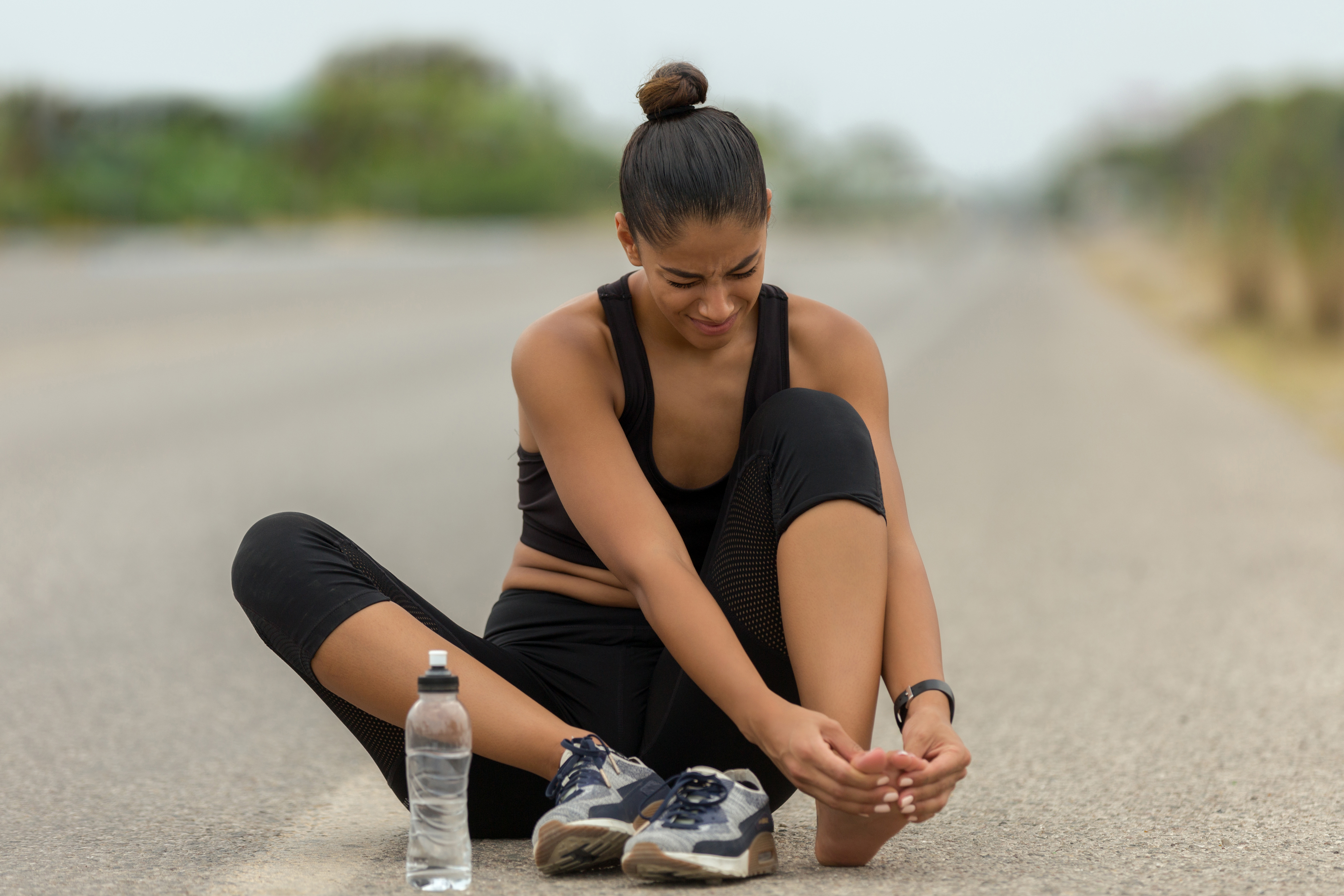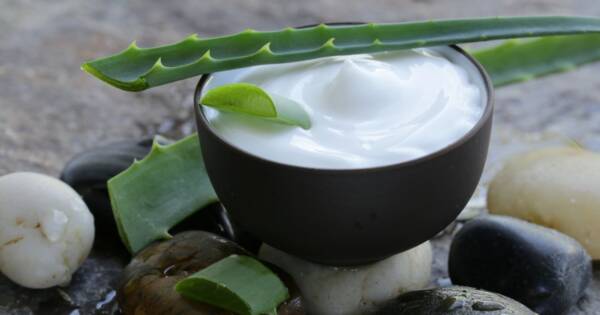Have you had athlete’s foot? Nearly everyone has experienced this not-so-fun fungus at some point – according to Medical News Today¹, up to 70 percent of people suffer through athlete’s foot at least once.
Fortunately, because athlete’s foot is so incredibly common, there are a number of treatments that’ll clear it up in no time. Here’s how to spot the signs of athlete’s foot so you can treat it right away.
 Early Warning Signs of Athlete’s Foot
Early Warning Signs of Athlete’s Foot
Though it’s known colloquially as athlete’s foot, this fungus-based condition is called tinea pedis in the medical community according to MedicineNet². If it spreads to the soles of the feet, it’s known as moccasin athlete’s foot. Members of the military who serve in tropical climates call it jungle rot.
By any name, it’s a nasty condition that can spread to the hands, nails, and other parts of the body. Athlete’s foot is also contagious. It’s passed from person to person through contact with contaminated surfaces or objects such as floors or wet towels. It can also spread via contact with particles of infected skin.
If you do any of the following, you could contract athlete’s foot:
- Walking barefoot in moist areas such as communal showers, gyms, locker rooms, and swimming pool decks
- Wearing the same socks and shoes for an extended period of time
- Getting pedicures in a nail salon
- Having a weak immune system
- Frequently wearing occlusive footwear
The organisms that cause athlete’s foot thrive in warm, dark, damp environments. Since you probably wear shoes most of the day, your feet are inviting to fungi that permeate the skin through small cracks or wounds.
The condition almost always starts with inflammation between the toes, particularly the smallest toe and the one next to it. However, symptoms range in nature and severity. Many people can walk around with athlete’s foot without even knowing they have it. Watch for these early signs of trouble to catch athlete’s foot early on:
- Redness
- Itching
- Burning
- Small red bumps or widespread rash
- Flaking, cracking or peeling skin
- Dry, scaly skin on the soles, heels and edges of the feet
- Tight-feeling skin
Rare, severe cases of athlete’s foot might result in blisters, open sores and oozing. The infection may also reach your toenails. Look for thick, discolored toenails or nails that pull away from the nail bed.
How Is Athlete’s Foot Diagnosed?
Athlete’s foot is fairly easy to diagnose and treat. Once you notice symptoms like the ones mentioned above, head to your doctor for an official diagnosis and to rule out any other potential health condition. It’s apparent to most doctors after examining the feet and asking a few questions about symptoms.
The best way to guarantee your condition isn’t something more serious is to request a KOH prep, also known as a fungal smear. It’s a simple, inexpensive, painless test that takes just minutes. Skin scrapings are prepared with potassium hydroxide to make fungal spores visible under a microscope.
For most people, athlete’s foot is nothing more than a nuisance, but it can lead to other health problems if it persists. See your doctor if conventional treatments don’t clear it up.
How Is Athlete’s Foot Treated?
The many sprays, creams, gels, and powders on the market for athlete’s foot attest to how common it is. Most anti-fungal remedies are inexpensive, over-the-counter products – but you’ll need to prepare to be patient. These medicines take around four to six weeks to work, and you shouldn’t stop using them until you’ve been symptom-free for at least a week.
Over-the-counter athlete’s foot treatments available at your local pharmacy typically include the following active ingredients:
- Miconazole
- Econazole
- Clotrimazole
- Terbinafine
- Naftifine
- Butenafine
- Ciclopirox
- Ketoconazole
- Tolnaftate
- Luliconazole
Stubborn cases may call for a course of prescription anti-fungal pills. If your nails are infected, you may have to take these pills for three or four months. Nail infections call for completely different medications, so don’t stop with skin treatment alone. In fact, if the nails are neglected, recurrences of athlete’s foot are highly likely. All fungal conditions should be treated at one time to stop the spread of infection.
There are a few home remedies that you can try – while there’s no medical proof that these DIY solutions effectively eliminate athlete’s foot and its problematic fungus, Healthline³ reports that it can be receptive to these potential treatments. Popular home remedies include:
- Tea Tree Oil: An all-purpose oil that can kill certain fungi and bacteria. Rubbing it into your skin twice daily might reduce burning and itching.
- Bitter Orange Oil: This oil is a natural fungus fighter that might clear up jock itch as well as athlete’s foot. In its pure state, it inflames the skin; be sure to dilute it.
- Garlic: Garlic may ease symptoms. You can apply it to affected areas once a day in gel form or take it orally in pill form.
- Vinegar: The jury is still out on vinegar, but soaking once a day will keep your feet sanitized and eliminate odor. Use equal parts water and vinegar.
- Sosa: This remedy is extracted from the leaves of a Mexican plant. Sosa has anti-fungal properties and is sold in cream form.
As common as athlete’s foot is, no one wants to come down with an itchy fungus infection that persists for weeks. Fortunately, treating this condition is easy if you catch it as soon as symptoms appear – all it takes is a simple and affordable over-the-counter remedy.
If you’d like to avoid athlete’s foot altogether, there are several things you can do to discourage fungus and prevent athlete’s foot. The Mayo Clinic⁴ recommends the following:
- Dry your feet thoroughly after you shower or swim. Don’t put socks and shoes on damp feet.
- Wear 100 percent cotton socks.
- Wear flip-flops in communal showers, in locker rooms, and around swimming pools.
- Don’t buy shoes that are too snug. Your feet need breathing room.
- Don’t wear the same shoes two days in a row. Open your shoes as widely as possible when you’re not wearing them to allow good airflow.
- When it’s not in use, keep your bathroom as dry as possible.
- Don’t share towels, socks, or shoes.
- Go barefoot while watching TV, reading a good book, or working on your laptop at home.
Wherever you are as you read this, your feet got you there. Be good to them, and be wary of any changes that might signal a case of athlete’s foot.
If you’re interested in knowing more about athlete’s foot, start search today.


